Cine patriotism gets cash registers ringing


Send us your feedback to audioarticles@vaarta.com


For Bollywood's dream merchants fables of nationalism almost always have sent cash registers ringing, the latest being "Mangal Pandey - The Rising" more than half a century after India achieved independence.
This week witnessed the over-hyped release of the multimillion dollar production "Mangal Pandey" based on the country's first well-documented uprising against colonial rulers. Timed to coincide with the country's Independence Day, it has been marketed aggressively overseas as a film against neo-capitalism to attract non-Indians.
Hoping to go beyond the success of "Lagaan", the only recent Hindi film to be nominated for an Oscar, "Mangal Pandey" is based on the 1857 mutiny in colonial India. As the country struggles to make sense of gaping disparities epitomized best by the recent Mumbai floods that crippled the city but had no impact on the stock markets, the film aptly reflects Indian dichotomy.
Expectations from the Aamir Khan-starrer are riding high but director Ketan Mehta has taken way too many cinematic liberties, leaving the film unpalatable for a world audience.
The crowding of archetypical Bollywood flavorings in the film have diluted the message and left little difference between Aamir and Sunny Deol's act in the over-the-top jingoistic blockbuster "Gadar" in 2001.
The film, however, establishes that the days of Pakistan-bashing heroes are over. "Mangal Pandey" is a refinement from the earlier crude manifestations of patriotism that hit us in the face.
Looking back in time one finds that the cine definition of patriotism has progressed over time and with changing polities. In the late 1930s and 1940s, films were mostly based on the freedom struggle. They reflected the reality of the times and whetted the appetite of the youth to join the freedom struggle.
Both before and after the country's partition and during the freedom struggle against colonial rulers, Indian films abound in patriotism. Films like "Kismet" and others from New Theatres had the same theme. All of them did tremendous business.
As the fervor of the independence struggle faded, Bollywood slowly moved to give way to lighter subjects, romances, and family dramas in the late 1950s and 60s. And, a stray film or two came from Manoj Kumar and Chetan Anand, who gave us beauties like "Shaheed", "Haqeeqat", "Hindustan Ki Kasam", "Purab Aur Paschim", "Kranti", "Upkar" and the like.
By the 70s, freedom and struggle faded away from the minds of the new generation. A stray film like a "Jai Santoshi Maa" could still evoke sentiments that everyone identified with.
More recently, though the newer generations had no kind of bond with the freedom movement, another lot of patriotic films were churned out. This was fuelled by the fact that the target audience were the NRI cache of Indians whose patriotism stirred up only in moments of nostalgia.
A slew of films were churned out that were targeted solely to touch non-resident hearts in their leisure hours.
When the NRIs lost interest in pan patriotism and Pakistan-bashing became passé then Indian filmmakers delved into history books to bring out forgotten heroes. The fact that romances stopped touching a chord in audiences' hearts made filmmakers feel that patriotic films stood a better chance at the box office. The recent films on revolutionary Bhagat Singh, including "Shaheed" and "The Legend of Bhagat Singh", seemed more an opportunity to cash in on patriotism.
The latest brand of cine patriotism is epitomized by a film like "Lagaan". The hero is more humane and the idea of patriotism is highly romanticised.
"Mangal Pandey - The Rising" establishes that the trend is here to stay.
It acknowledges the need for a more solid base, a departure from patriotic films made in India in the last three decadse. And "Mangal Pandey" deserves a toast for that.
Follow us on Google News and stay updated with the latest!
Comments
- logoutLogout

-

Contact at support@indiaglitz.com




 Follow
Follow




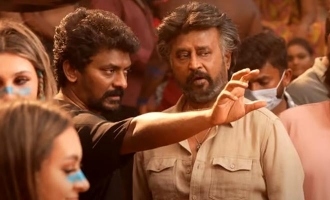

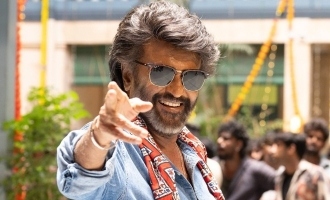





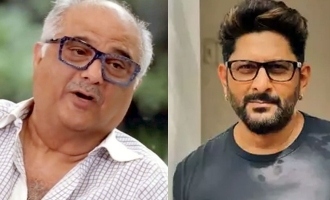

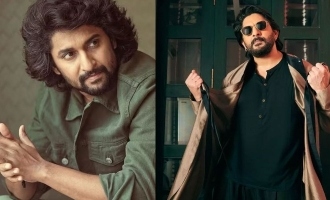

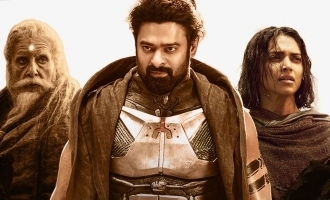










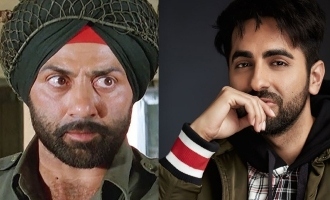





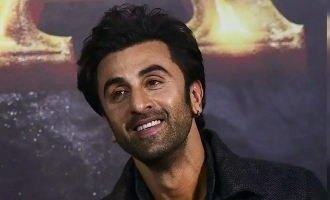
















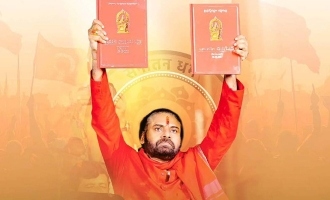
-a3e.jpg)
-3c4.jpg)
-e5c.jpg)
-e66.jpg)









